What is a Digital Footprint, and How to Protect it? [Comprehensive Guide]

Arsalan Rathore
![What is a Digital Footprint, and How to Protect it? [Comprehensive Guide]](https://www.astrill.com/blog/wp-content/uploads/2023/09/What-is-a-Digital-Footprint-and-How-to-Protect-it-800x465.jpg)
Every email sent, social media post shared, online purchase made, and web search conducted leaves a trace—a digital footprint. In this guide, we’ve explained a digital footprint, its importance, and how to protect it.
Whether you’re a frequent internet user or just curious about your online presence, understanding your digital footprint is essential for using the internet safely.
Table of Contents
What is a digital footprint?
“Digital footprint” means the trail of data individuals create and leave behind using various online platforms and services. This trail consists of a wide range of information, including personal data, online activities, and interactions with digital technologies. Your digital footprint is the digital record of your online presence and actions.
Importance of Understanding Digital Footprints

Understanding your digital footprint is crucial for several reasons, like:
1. Personal Privacy Protection
Your digital footprint is a treasure trove of personal information, including your interests, habits, and location. Cybercriminals and data brokers can exploit this data for malicious purposes.
By comprehending your digital footprint, you can make informed decisions about what information you share online. Understanding the data you expose allows you to set stringent privacy settings and take steps to minimize risks.
2. Online Safety and Security
Awareness of your digital footprint helps you identify potential vulnerabilities in your online presence. This knowledge empowers you to implement security measures such as robust, unique passwords, two-factor authentication, and encryption.
It also lets you recognize warning signs of cyber threats, such as suspicious activity or unauthorized access to your accounts.
3. Reputation Management and Brand Building
Your digital footprint contributes significantly to your personal and professional reputation. Potential employers, clients, and acquaintances often research your online presence.
Understanding your digital footprint allows you to curate a positive image by highlighting your accomplishments, expertise, and interests. Conversely, it helps you address and mitigate any harmful content that could harm your reputation.
4. Digital Literacy and Responsible Citizenship
Digital literacy involves using digital tools and understanding the implications of digital actions. Recognizing your digital footprint is a fundamental aspect of digital literacy.
Being digitally literate means navigating the online world responsibly, distinguishing between credible and unreliable sources, and understanding the impact of your online behavior on the broader digital community.
5. Legal and Ethical Considerations
Your digital footprint may include content and interactions with legal and ethical implications. Understanding the legal framework surrounding digital actions is crucial.
For example, copyright infringement, cyberbullying, or hate speech could lead to legal consequences. By understanding your digital footprint, you can ensure compliance with laws and regu lations.
6. Guidance for Children
Parents and educators are vital in guiding children and students about responsible internet use. Understanding digital footprints equips them to impart valuable lessons on online safety, privacy, and ethics.
Educators can also integrate digital literacy into their curricula, helping students develop essential skills for the digital age.
Examples of digital footprints
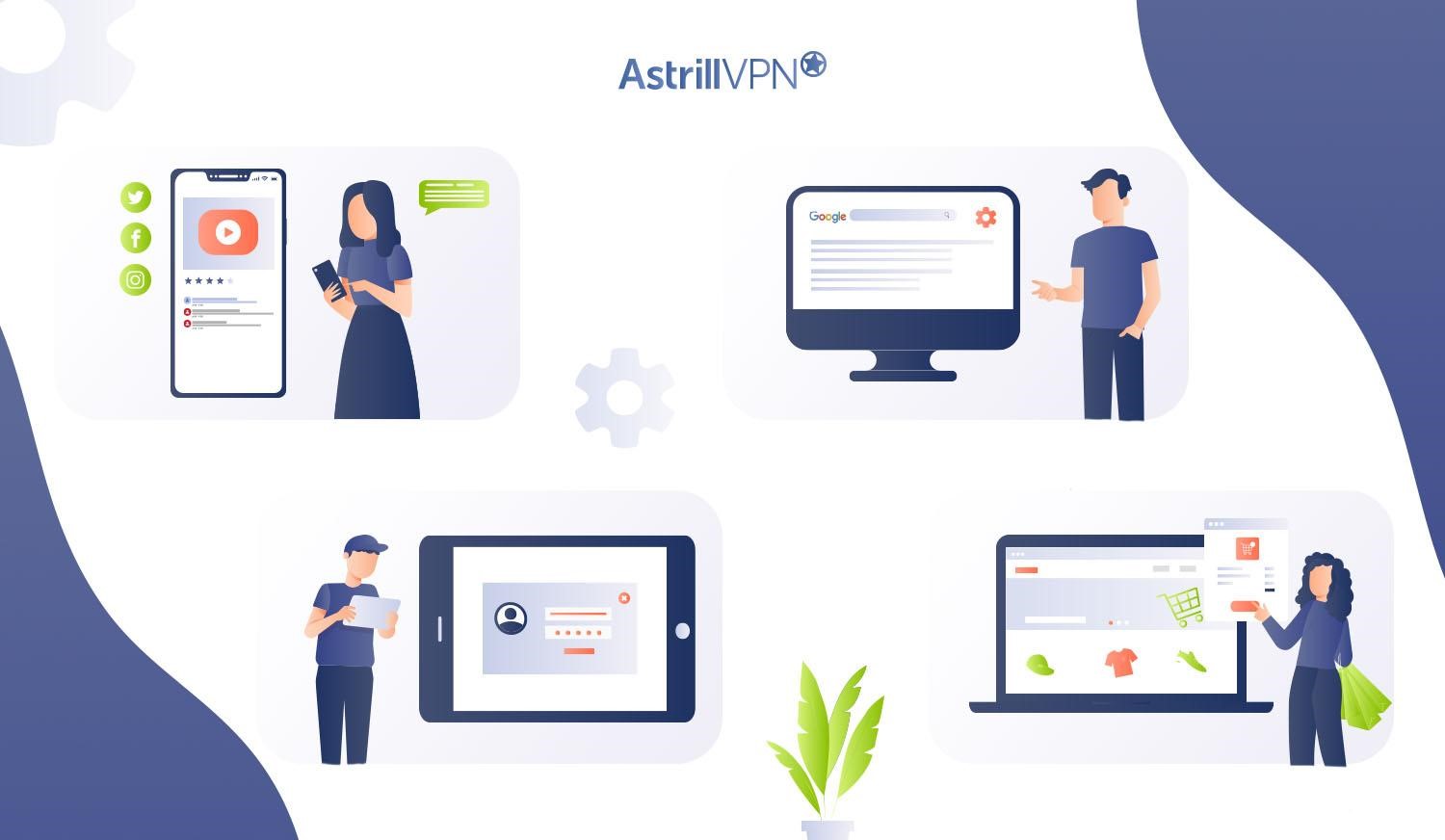
Digital footprints come in various forms, each contributing to the intricate picture of your online presence. Following are the different types of digital footprints:
Active Digital Footprints
Active digital footprints are the digital traces you create and share during online interactions. These footprints are a reflection of your personality, interests, and choices. Active digital footprints include:
● Social Media Activity
Your engagement on platforms like Facebook, Twitter, and Instagram, where you post updates, share photos, and engage in conversations, shapes a significant portion of your active digital footprint.
● Blogging and Content Creation
If you maintain a blog, YouTube channel, or any form of digital content, your posts, videos, and interactions with your audience contribute to your active digital presence.
● Online Comments and Reviews
Whenever you comment on websites or write reviews for products and services, you leave behind traces of your opinions and preferences.
● Email Communication
The emails you send and receive can also be considered part of your active digital footprint, especially if they contain personal or sensitive information.
● Participation in Online Communities
Engaging in online forums, discussion boards, and interest-based communities adds to your active digital footprint as it reflects your interests and expertise.
Passive Digital Footprints
Now that you know what Active Digital Footprints are, you’ll be wondering what is a passive footprint.
Passive digital footprints consist of data generated without direct input or control, often collected by websites, apps, and online services as you navigate the digital world. Critical components of passive digital footprints encompass:
● Browsing History
Your browsing habits, including the websites you visit, pages you view, and the time you spend on them, are some of the most famous examples of digital footprint, and they contribute to your passive digital footprint. This data helps websites personalize content and track user behavior.
● Cookies and Tracking
Many websites employ cookies and other tracking mechanisms to gather data about your online behavior, such as the products you view, ads you click, and your geographic location.
● Device Information
Information about your device, including its operating system, browser, and IP address, forms part of your passive digital footprint and is used for analytical purposes.
● Location Data
Mobile devices and certain websites collect data on your physical location, adding to your passive digital footprint. This information serves various purposes, including targeted advertising and location-based services.
Private digital footprint
Your private digital footprint encompasses data that is not readily accessible to the public or data collectors. Personal records, communications, and files are stored in secure, private spaces. Elements of your private digital footprint include:
● Personal Documents
Digital copies of personal identification documents, financial records, and sensitive correspondence make up your private digital footprint. Protecting this information with robust security measures is paramount.
● Encrypted Communications
While encrypted messaging apps like Signal or WhatsApp contribute to your private digital footprint, their encryption safeguards the content of your messages, ensuring privacy.
● Password Management
Passwords and security measures for online accounts are vital to your private digital footprint. Safeguarding this data is essential to prevent unauthorized access.
Commercial digital footprint
Your commercial digital footprint primarily revolves around your online purchasing and transaction history.
Online Shopping History
Records of your online purchases, product searches, and shopping preferences contribute to your commercial digital footprint. E-commerce platforms utilize this data to offer personalized recommendations and targeted advertisements.
Payment Information
Credit card details and payment methods used for online transactions form part of your commercial digital footprint. Secure payment processing is crucial to protect this sensitive data.
Customer Profiles
Many online retailers create customer profiles based on your purchase history and preferences. These profiles inform marketing strategies and promotions, enhancing your shopping experience.
What Makes Up Your Digital Footprint?
Your digital footprint is like a puzzle made up of different online activities. Knowing what makes it up is essential for managing your online presence. These are the main parts of your digital footprint:
1. Online Searches and Browsing History
Your digital footprint also includes what you search for online using search engines like Google and Bing. It also tracks the websites you visit and what you look at on those sites. Websites use this data to customize your online experience.
2. Email Communication
The emails you send and receive contribute to your digital footprint. This includes the content of your emails, any files you send or receive, and your contact lists, which together create a picture of your online identity.
3. Online Shopping and Transactions
Activities like online shopping and financial transactions add to your digital footprint. When you buy products online or use payment platforms like PayPal, details about your purchases, transaction history, and payment methods are recorded.
4. Location Data
Your digital footprint may include information about your physical location. Mobile devices and apps can collect and store this data as you move around. It’s used for mapping, weather updates, and location-based recommendations. Geotagged photos and social media check-ins also contribute to this aspect of your digital footprint.
5. Online Banking
Interactions with online banking services are part of your digital footprint as well. Whether you’re checking your account balance, transferring money, or paying bills online, information about your financial activities, such as account balances and transaction histories, is part of it.
6. Social Media Activity
Much of your digital footprint comes from your actions on social media platforms like Facebook, Twitter, Instagram, and LinkedIn. This includes what you post, comment on, and share information in your profiles, like profile pictures and cover photos.
How can someone add to another person’s digital footprint?
Tagging and Mentioning
Users can tag or mention others in posts, photos, or comments on social media platforms. When someone tags or mentions another person, they contribute to that person’s digital footprint by associating their name with specific content.
Sharing Content
Sharing someone else’s posts, articles, or content can amplify their digital footprint. You expose their content to a broader audience by sharing and reposting, potentially increasing their online influence and reach.
Leaving Comments
Engaging with another person’s online content by leaving thoughtful comments and feedback can enhance their online presence. Positive and meaningful comments foster a sense of community and encourage further interactions.
Recommendations and Endorsements
Users can endorse and recommend their connections on professional networking platforms like LinkedIn. These endorsements contribute positively to a person’s professional digital footprint by showcasing their skills and qualifications.
Creating Collaborative Content
Collaborating with someone on projects, blog posts, videos, or other content can mutually benefit both parties’ digital footprints. Co-authored or co-produced content reflects positively on both collaborators.
Positive Aspects of a Digital Footprint
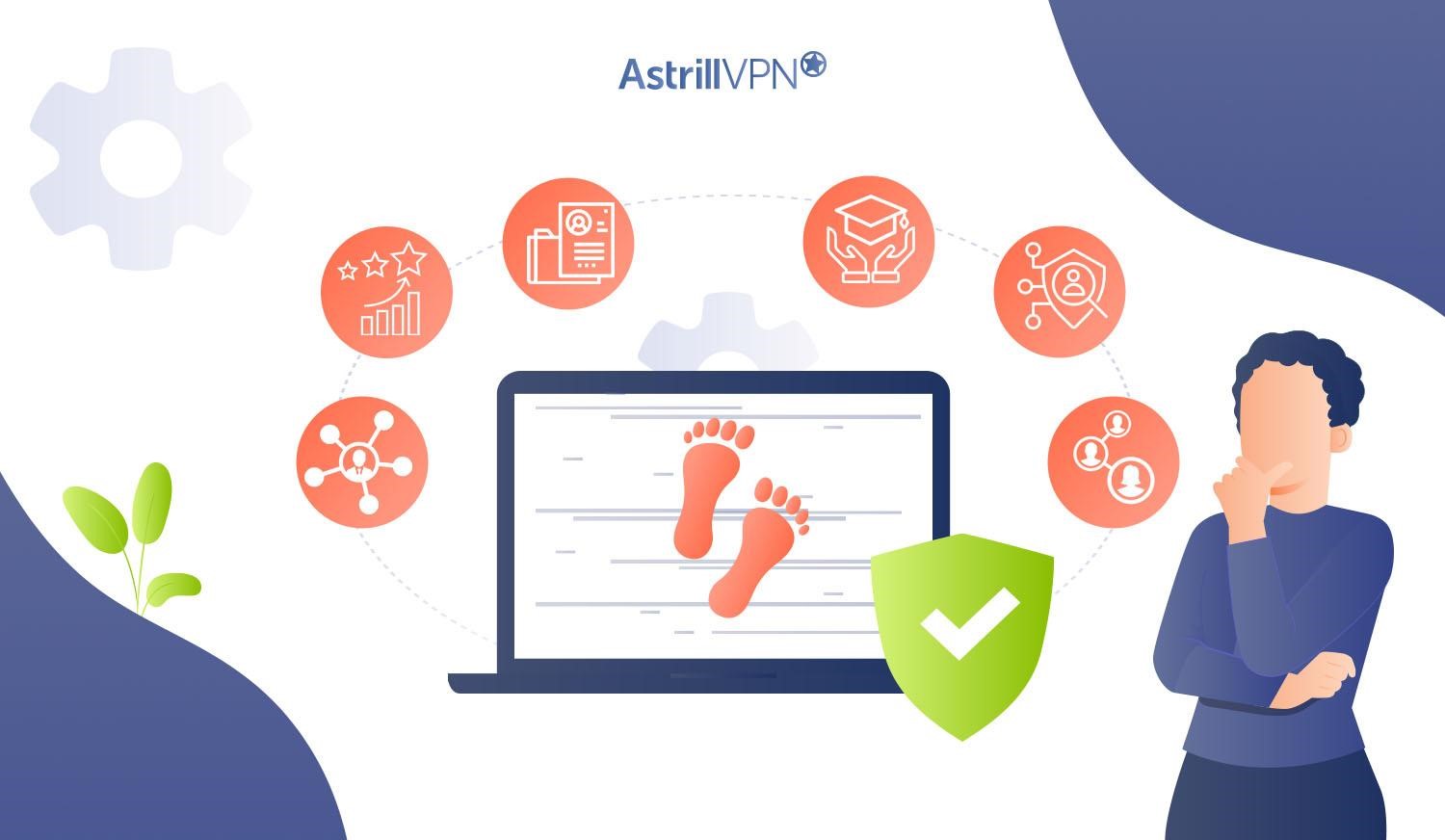
1. Professional Networking and Opportunities
2. Online Portfolio and Brand Building
3. Educational and Learning Opportunities
5. Access to Resources and Information
6. Networking and Social Connections
Negative Aspects of a Digital Footprint
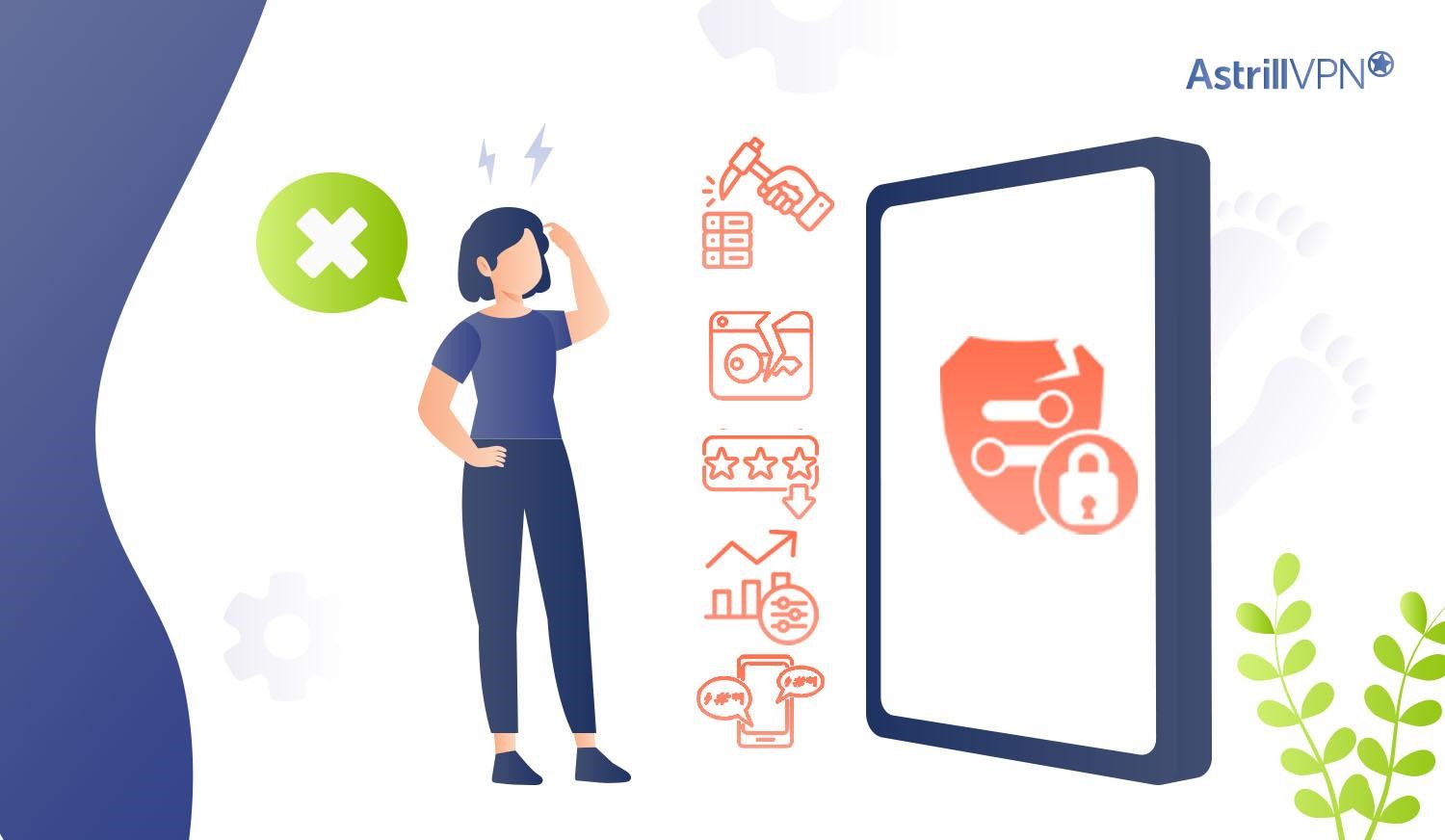
1. Privacy Concerns
2. Online Harassment and Bullying
How to Protect Your Digital Footprint
1. Strengthen Your Passwords
Use strong, unique passwords for each online account to enhance digital security. Avoid common or easily guessable passwords and opt for longer, more secure passphrases. Incorporate a mix of uppercase and lowercase letters, numbers, and special characters.
Consider using a reputable password manager to generate and securely store complex passwords. Password managers simplify maintaining strong passwords and help you avoid using the same password across multiple accounts, reducing the risk of a security breach.
2. Review Privacy Settings
Regularly revisit and fine-tune the privacy settings on your social media accounts. These settings determine who can access your posts and personal information. Be cautious about oversharing personal details, even within private messages.
Limit the visibility of sensitive information like your phone number, address, and birthdate, especially on platforms where privacy controls are available. Adjusting these settings ensures you have greater control over who sees your online activity.
3. Limit Personal Information Sharing
Exercise discretion when sharing personal information online. Provide only essential details when signing up for online services or making purchases. Consider using pseudonyms or abbreviations on social media platforms to reduce the personally identifiable information available for potential data harvesting.
4. Use Encrypted Communication
Choose messaging apps that offer end-to-end encryption to safeguard your sensitive conversations from eavesdropping. Apps like Signal, WhatsApp, or Telegram encrypt your messages so only intended recipients can decrypt and read them. Similarly, use encrypted email services like ProtonMail or Tutanota for confidential email exchanges.
5. Use a VPN
Consider using a VPN as an essential tool to enhance your online privacy and security. A reliable VPN like AstrillVPN encrypts your internet connection, making it much more difficult for third parties to intercept or monitor your online activities, including browsing history and communications.
It’s beneficial when using public Wi-Fi networks, as it protects against potential eavesdropping or cyberattacks. AstrillVPN does not log your online activities and offers robust encryption protocols for maximum security.
AstrillVPN further reduces your digital footprint by anonymizing your IP address and preventing websites and online services from tracking your location and behavior.
6. Regularly Update Software and Apps
Maintain the security of your devices by keeping your operating system, software, and applications up-to-date. Software updates often include security patches that address vulnerabilities. Enabling automatic updates whenever possible ensures that you are using the latest, most secure versions of your software, reducing the risk of exploitation by cybercriminals.
7. Understand Cookies and Tracking
Familiarize yourself with your browser’s settings to control cookies and tracking mechanisms. Most browsers allow you to limit or block third-party cookies and tracking features. Consider using privacy-focused browsers such as Mozilla Firefox or Brave, which offer enhanced tracking protection and other privacy features to reduce your online footprint.
8. Educate Yourself on Phishing
Take the time to educate yourself on recognizing phishing attempts, which often involve deceptive emails or messages designed to trick you into revealing personal information or clicking on malicious links.
Be cautious of unsolicited emails, especially those that request sensitive information or claim urgency. Always verify the legitimacy of such requests independently before responding to them. Developing a keen sense of identifying phishing attempts is critical to safeguarding your digital footprint.
9. Secure Your Devices
Protect your devices with strong, unique passwords or passphrases and biometric authentication methods such as fingerprints or facial recognition where available. These measures ensure that your data remains protected even if your device falls into the wrong hands.
Enable device encryption, which scrambles your data, making it unreadable without the correct decryption key, and provides an additional layer of defense in case of theft or loss.
10. Regularly Audit Your Digital Footprint
Periodically search for your name and online accounts on search engines to evaluate what information is publicly accessible. Take steps to remove or limit outdated or unwanted content that may impact your digital reputation negatively.
Online reputation management services or tools can help you monitor and improve your online image, providing insights into how you are perceived online.
11. Be Wary of Social Engineering
Practice caution when sharing personal information over the phone or responding to unsolicited requests, even if the caller claims to represent a trusted organization. Verify the identity of the caller independently before divulging sensitive information. Be vigilant against social engineering tactics, where individuals manipulate you into revealing confidential data or taking harmful actions.
12. Practice Responsible Online Behavior
Before posting content online, carefully consider the potential implications. Avoid sharing overly personal or sensitive information that could haunt you. Maintain a respectful and considerate tone in your online interactions to reduce the risk of harassment or negative digital footprints. Being mindful of your online behavior is essential for maintaining a positive and secure digital presence.
How to check your digital footprint
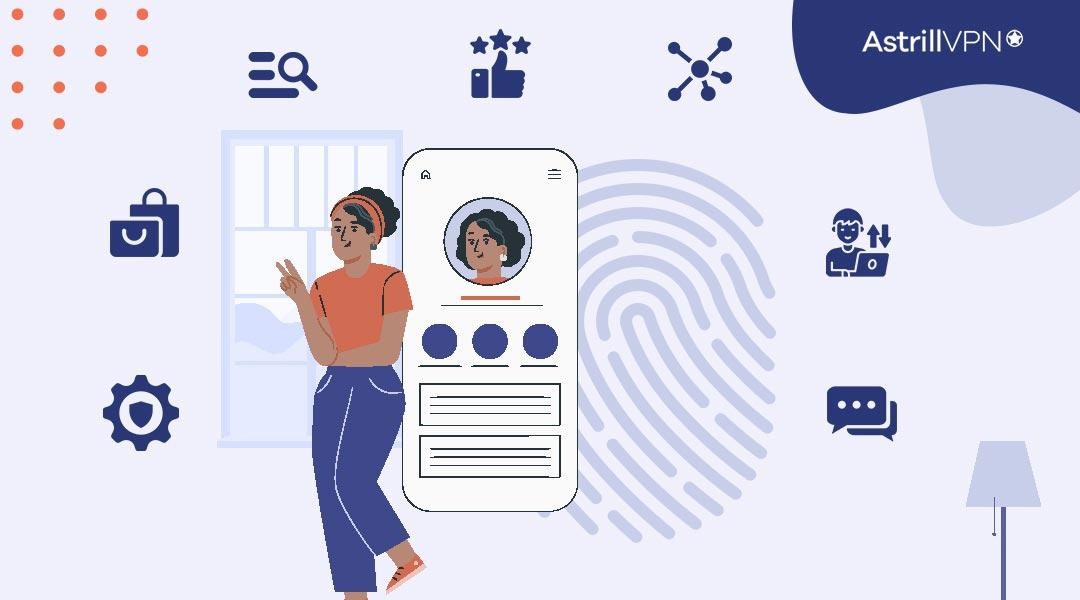
Following are a few ways you can check your digital footprint:
1. Search Engine Self-Examination
Begin by researching your name on popular search engines such as Google, Bing, and Yahoo. Take time to analyze the search results, including web pages, images, and news articles, that are associated with your name.
Pay attention to any mentions of your name on websites, social media platforms, and forums. Take note of the type of information available and its potential impact on your digital identity.
2. Social Media Audit
Examine your social media profiles on platforms like Facebook, Twitter, Instagram, and LinkedIn. Review your posts, comments, and photos to understand what you’ve shared over time. Check your privacy settings to understand how your content is visible to others.
3. Online Account Review
Review your online accounts, including email, banking, shopping, and subscriptions. Assess the personal information you’ve shared, the history of transactions, and the security settings in place.
4. Data Broker Check
Use online tools and services like Spokeo, PeekYou, or Pipl to search for your name and assess what data brokers and people-search sites have compiled about you. These services may reveal publicly available information that you want to manage.
Investigate the extent of information these platforms have collected about you, and assess if any should be managed or removed.
5. Privacy Settings Audit
Go through the privacy settings of your online accounts, especially social media platforms. Adjust these settings to control who can see your content and what information is accessible to the public. Opt for stricter privacy options when available.
6. Email and Messaging Apps
Review your email and messaging apps for any sensitive or personal information you’ve exchanged in conversations. Delete unnecessary or outdated messages and consider using encrypted messaging apps for increased privacy.
7. Online Shopping and App Permissions
Check your online shopping accounts and the permissions you’ve granted to apps on your devices. Review purchase histories, manage payment methods, and limit app access to your data.
How to delete your digital footprint
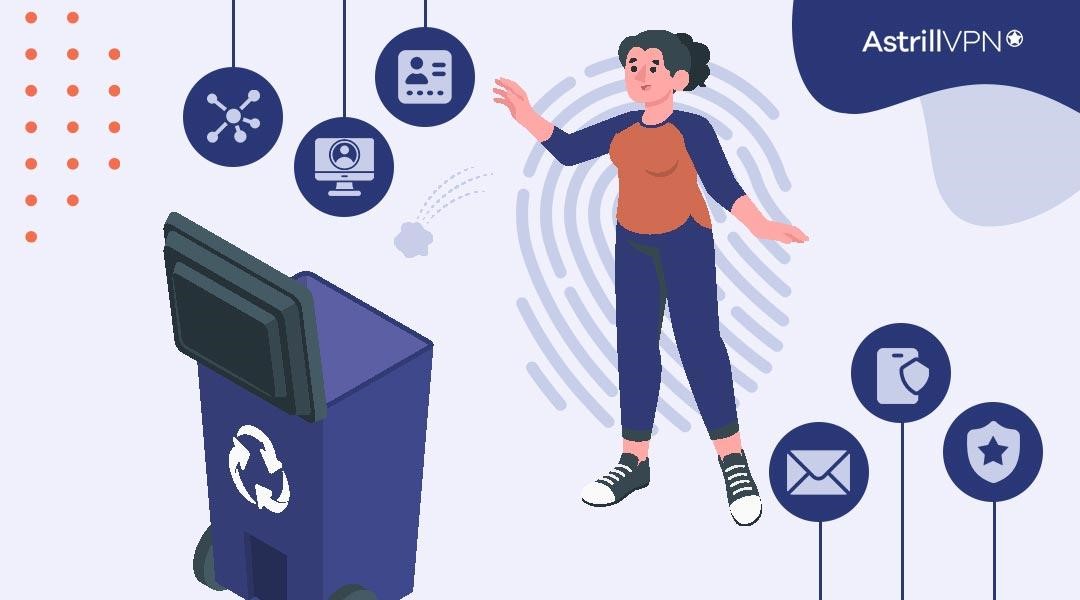
1. Social Media Clean-Up
Start by reviewing your social media profiles. Delete or archive old posts, photos, and comments you no longer want to be visible. Adjust your privacy settings to limit who can see your future content.
2. Online Account Management
Consider closing or deactivating online accounts that you no longer use or need. Be cautious when doing this, as some platforms may have account recovery limitations.
3. Remove Personal Information
Contact data brokers and people-search sites directly to request the removal of your information. Many of these sites have opt-out procedures to help you regain control over your data.
4. Review and Delete Emails
Regularly clean out your email inbox and delete emails containing sensitive information or no longer needed. Use the “Empty Trash” or “Delete Forever” option to permanently remove them.
5. Secure Your Devices
Ensure your devices are secure by regularly updating their operating systems and apps. Enable encryption, set strong passwords, and use biometric authentication where available.
6. Use a VPN
Consider using a VPN to mask your online activities and protect your privacy. AstrillVPN can help reduce the tracking of your digital footprint by anonymizing your IP address.
FAQs
A digital footprint is neither inherently good nor bad; it depends on how it is managed and used. A positive digital footprint can enhance your professional opportunities and online reputation, while a negative one can lead to privacy risks and reputation damage.
Yes, virtually everyone who uses the internet or digital devices has a digital footprint. Any online activity, from social media posts to email communication and web searches, creates a digital footprint.
In cybersecurity, a “footprint” refers to the traces and evidence left behind by an attacker during unauthorized intrusion or activities on a computer system or network. It includes IP addresses, login attempts, system logs, and other artifacts that cybersecurity experts analyze to understand and respond to cyber threats.
While you can manage and reduce your digital footprint, complete deletion is challenging because some data may remain in archives or backups. However, you can minimize its impact by deleting or modifying content on social media, closing unused accounts, and requesting data removal from data brokers.


No comments were posted yet